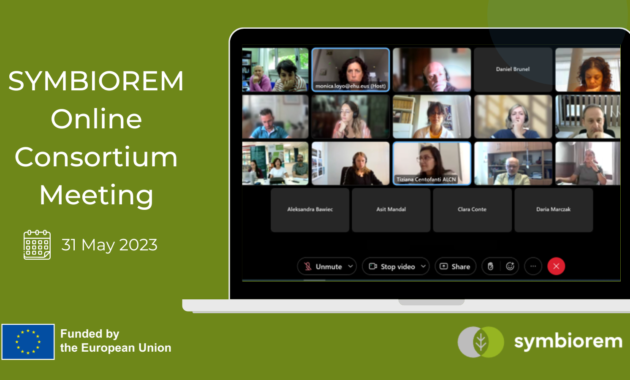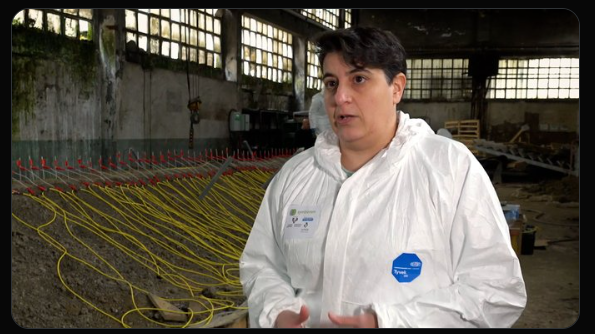The presence of pollution in water and soil poses multiple risks to human, animal, and ecosystem health, contributing to diseases and biodiversity loss.
The SYMBIOREM project (full name: Symbiotic, circular bioremediation systems and biotechnology solutions for improved environmental, economic, and social sustainability in pollution control) will tackle these challenges by using the bioremediation capabilities of microorganisms, microbiomes, proteins, plants and animals to remove pollution from the environment.
SYMBIOREM will develop twelve novel bio-based technologies to target the four most common pollutants of soil and groundwater in Europe: heavy metals, mineral oil, Polycyclic Aromatic Hydrocarbons (PAH) and Volatile Aromatic Hydrocarbons (VAH). The project will also focus on mixed contamination, eutrophication, organic micropollutants and microplastic.
SYMBIOREM will test its innovative solutions in five highly polluted environments: industrial brownfields; mixed solid waste landfills; urban surface water bodies with mixed contamination; contaminated soils and surface water bodies; and European marine environments.
This international collaborative project, funded by the European Union’s Horizon Europe programme and coordinated by the University of the Basque Country, will have a duration of four years (2022-2026). The 17 partners taking part in this initiative held a kick-off meeting on 21-22 September in Bilbao (Spain).
Polluted sites will be restored and then used for agriculture, recreation, or commercial purposes. Thanks to the adoption of a circular economy approach, valuable resources (such as Critical Raw Materials) will also be recovered in the process.
SYMBIOREM will widely involve citizens and key stakeholders in participatory processes to co-design and co-manage the bioremediation sites. The final goal being to inspire people across Europe to apply the innovative project’s solutions to clean the environment in their local context.To know more about our work, follow us on Twitter and LinkedIn!


